In September 2017, in the frame of the Clean Space industrial days, we launched the first – and so far best – Clean Space competition intended for European students. The theme was: How can you reduce the environmental impact of a space mission?
The most brilliant and motivated students from all over Europe submitted in just a few weeks over 30 proposals. The quality of the received proposals was both impressive and highly motivating for us as it showed the significance of the topic and the high engagement and commitment to the mission of Clean Space of students from all over Europe.
We could only nominate one winner, what left us with the difficult task to evaluate all submissions and Giorgios Profitiliotis with merit has been selected as the 2017 Clean Space competition’s winner for his innovative proposal.
The prize of the competition (besides the high honor), was to get a place in the first row of the Clean Space Industrial Days at ESTEC from 24 to 26 October 2017. We have been delighted meeting Giorgios and invite you, distinguished reader, to read about his experience and his work from his point of view below.
Enjoy the reading!
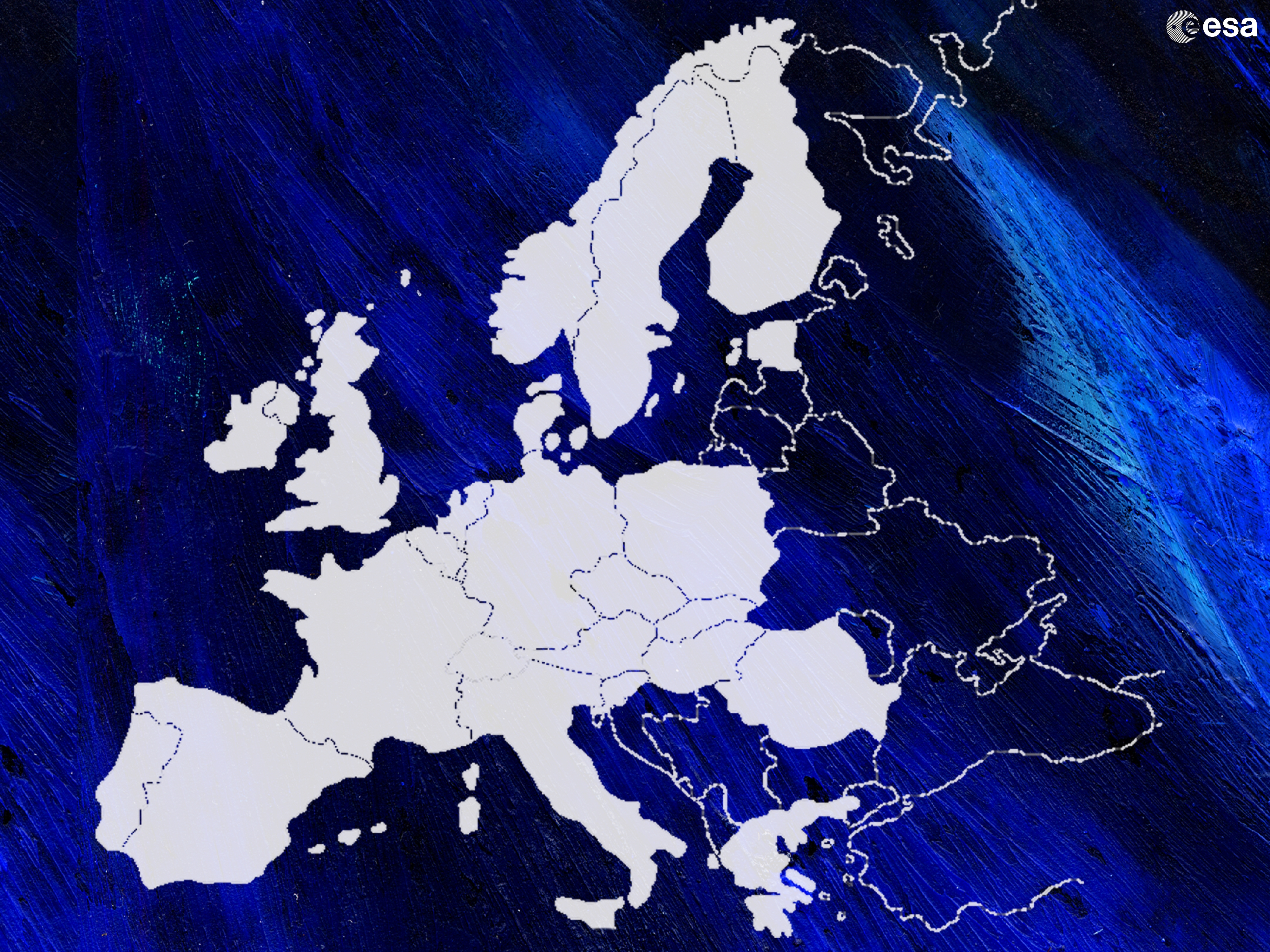
Europe
Credits: Marianne Tricot (Ecole Estienne Paris) and ESA
Two weeks ago, I had the pleasure of meeting ESA’s Clean Space team during the 3rd Clean Space Industrial Days at ESTEC, the Netherlands. I had never visited either ESTEC or the Netherlands before, so the whole experience of the trip and the conference was overwhelming. The reason behind my visit was the Clean Space Student Competition. The Competition invited European students to submit a short proposal that would answer the following question: “How can you reduce the environmental impact of a space mission?”. The winner was to receive a travel grant to attend the conference and actively participate in the three thematic sessions: Cleansat, e.Deorbit, and EcoDesign.
Little did I know, when I submitted my proposal, which you can find below, that I would have the honor of being selected as the winner. Upon my arrival at ESTEC, I met Mrs. Innocenti, Jessica, Andrew, and Julian of the Clean Space team. Although it was hard to decide which of the three thematic sessions to attend, I made up my mind and pledged my allegiance to EcoDesign, led by Mrs. Innocenti and Julian; however, I must hereby recognize Andrew’s valiant effort to convert me to e.Deorbit – to no avail whatsoever. During the EcoDesign presentations it became evident to me that ESA has a genuine interest in lessening the environmental impact of space activities by making scientifically informed decisions. Apart from the more technical part of the workshop, I also participated in an EcoDesign board game session; two teams played in parallel, trying to guess the environmental impacts of the various activities during each part of a space mission’s lifecycle. Sometimes we were right, other times we were horribly wrong. Hint to future players: coffee does not count as a mineral resource under depletion.
All in all, this was most certainly a conference to remember – not including my accidental and, I hope, superficial punch to Jessica’s face during a team photograph. I am now looking forward to attending the 4th Clean Space Industrial days to hear about the state of the art in EcoDesign. I would like to extend my sincere gratitude to the Clean Space team for this wonderful opportunity and I promise Andrew that I might as well join e.Deorbit for a closer look next year!
How can you reduce the environmental impact of a space mission?
In line with its overall peaceful mission, ESA has initiated a strategic action plan to emphasize its pro-active role in the promotion of Sustainable Development in Space and on Earth, the Clean Space initiative. One of the pillars of this initiative is Ecodesign, which focuses on the reduction of harmful effects specifically on the terrestrial environment, by using an advanced Life Cycle Assessment toolset to gain a holistic understanding of the environmental impacts at each stage of the entire space mission life-cycle.
ESA’s ECOSAT pilot project pioneered the application of the LCA methodology in the field of space missions. This first study revealed that the early stages of the mission life-cycle, i.e. the industrial R&D and the production phases of the satellite, were the ones with the highest relative environmental impact. Particularly, as far as the industrial R&D is concerned, paperwork, personnel business trips, and spacecraft testing were identified as the main environmental impact hotspots. Regarding the production phase of the satellite, the material used for the structural framework and for the electrical power subsystem was recognized as a major cause of harmful effects. Consequently, to lessen the environmental impact of future space missions, interventions should certainly target the aforementioned areas.
Traditionally, the complex industrial R&D process for a space mission, from mission analysis and needs identification to feasibility study to preliminary and detailed definitions, has been heavily reliant on paper-based systems engineering, distributed human resources in need of frequent travels, and many levels of physical testing. The introduction of a collaborative, model-based systems engineering process in a virtual reality environment could tackle all these issues at once. Distributed R&D teams could collaborate through VR telepresence to build system architectures with reusable multiphysical models of candidate technologies. By testing the digital spacecrafts with multiphysics simulations, the number of actual tests could be reduced, thus limiting the carbon footprint of the activities required for physical sessions.
Biomimetics could provide inspiration for saving materials during the spacecraft production phase. Established satellite manufacturing processes mainly employ energy- and material-consuming methods for the building of the structural framework and the solar panels. Additive manufacturing of nature-inspired designs could generate efficient alternatives. Human and horse bones, woodpecker skulls and coral skeletons combine both porosity and composite materials with smart geometric patterns oriented in the direction of greatest stress; this way they achieve structural strength while being lightweight. Novel satellite structural frameworks could benefit from that. Space-rated, hybrid and organic photovoltaics could draw inspiration from the oriental wasp’s light-harvesting exoskeleton and the micro-fluidics inside the vascular channels of plant leaves; this way they could achieve a high specific power and enhanced reliability compared to traditional inorganic solar panels. All these nano-based strategies could possibly ensure satellite function after a collision with orbital debris as well.
Should the proposed actions be further explored, ESA’s vision for a sustainable space industry could get closer to fulfillment; something that is truly needed in the light of the space sector’s rapid growth that is expected in the coming years.
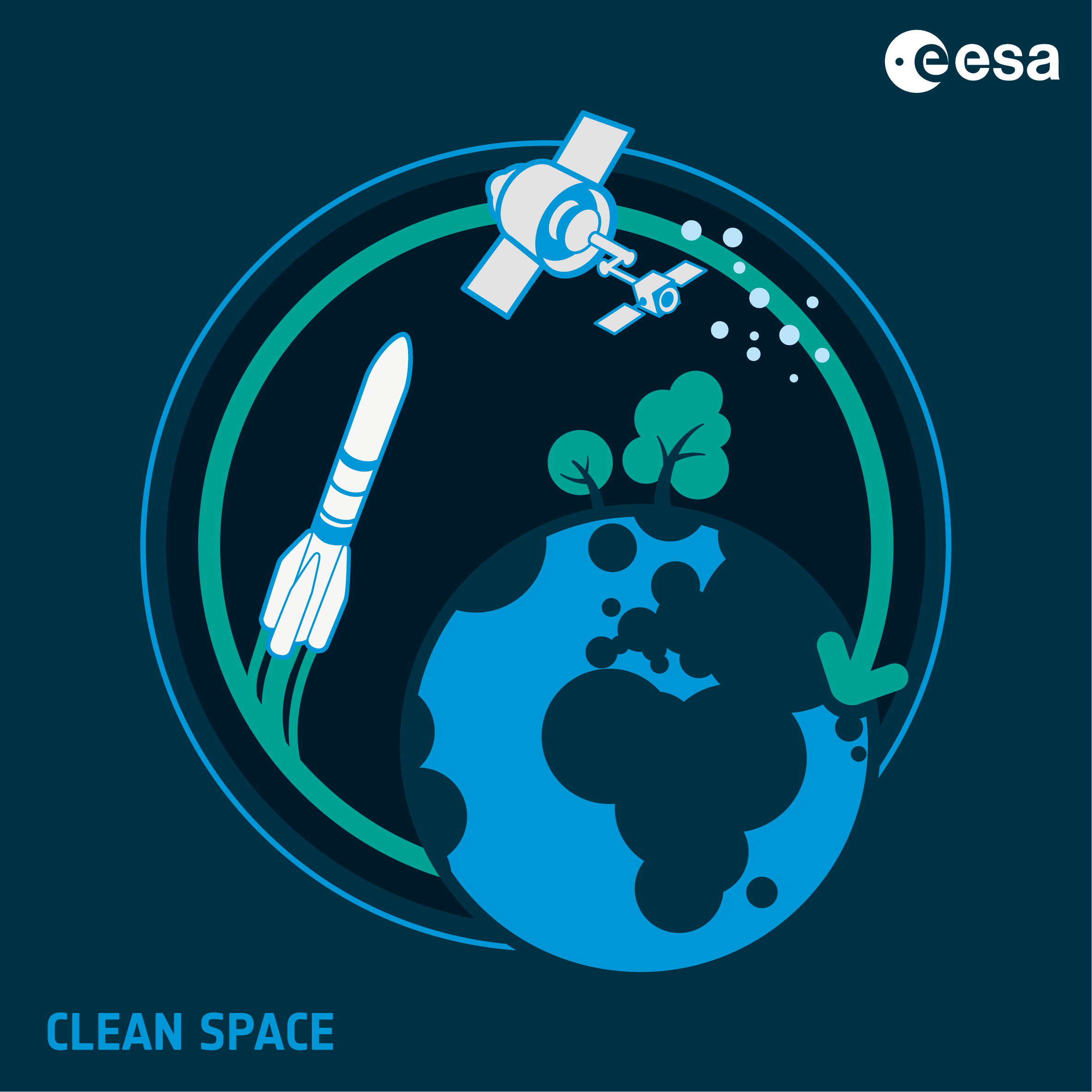

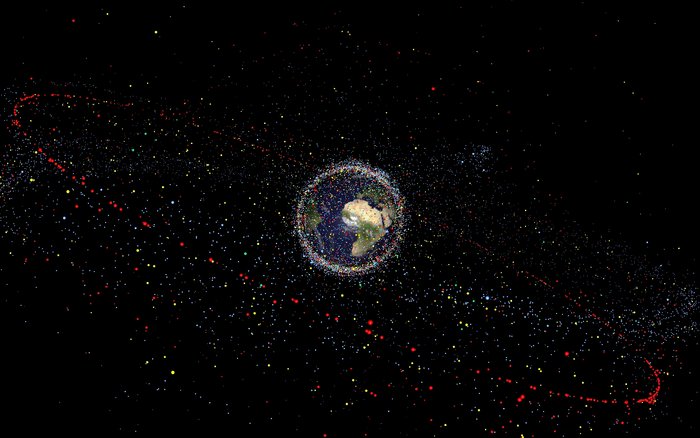
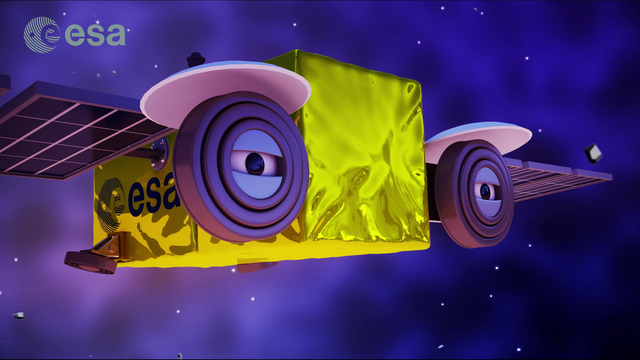
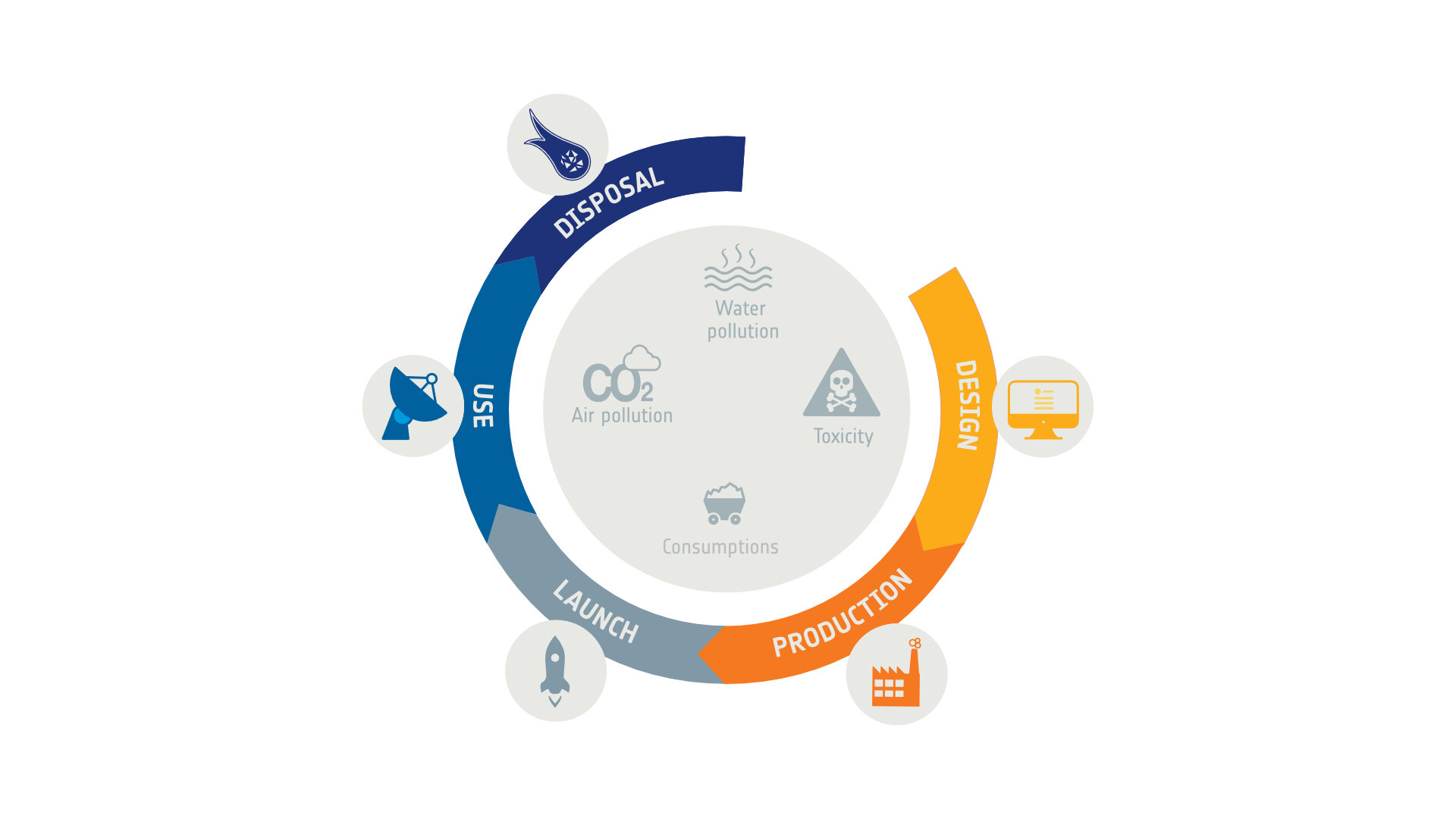
Discussion: no comments